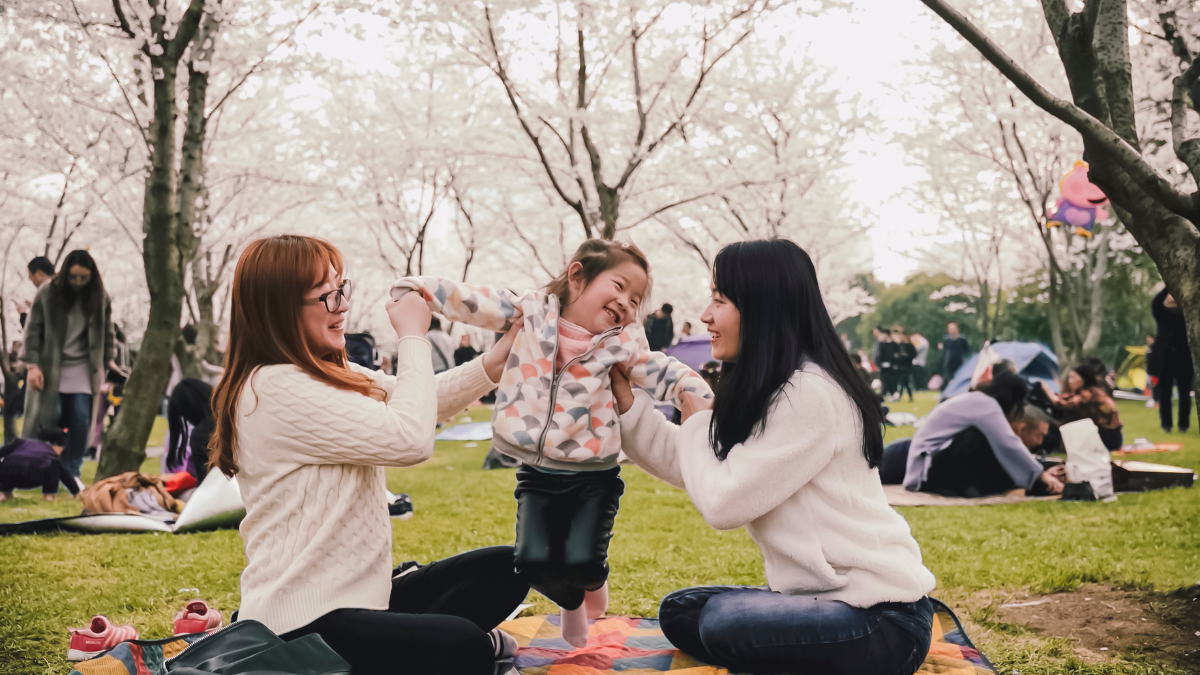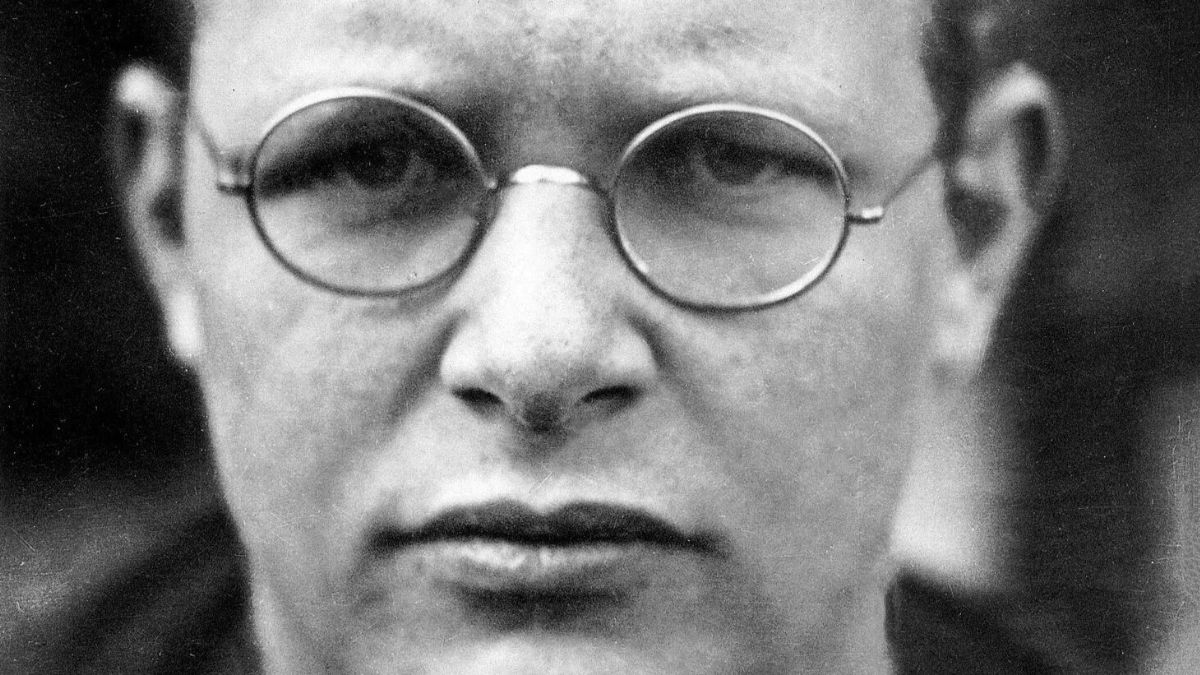

How Redefined Marriage Legally Robs Kids of What’s Best for Them
When lawmakers and politicians redefine the legal meaning of “marriage” and “family,” they do not make lies true.
03/21/23
John Stonestreet and Maria Baer

About 15 years ago, sociologists coined the term “abusive boyfriend syndrome” to describe the increased risk to children who live in homes with an unrelated adult. According to numerous studies, these children were much more likely to be abused or even killed than children who live at home with two biological or married parents. Because of these findings, domestic violence prevention programs routinely teach parents, especially vulnerable women, that the single highest risk factor that they or their children will be abused is whether they’re living with an unrelated, unmarried adult.
God designed family in a specific way. The biological reality, that one man and one woman are required to make a child, points to the social reality, which is that children do best with a mom and a dad. This neither makes abuse inevitable for children in other arrangements, nor does it suggest that biological parents never abuse. In fact, child abuse can become tragically epidemic within certain cultures and families.
Statistics reveal trends, and the statistics unanimously reveal that the safest and healthiest home situation for children is with their married mom and dad. In fact, in the case of stepfamilies or adoptive parents, in which one or more parent is not biologically related to the child, the risk of abuse lowers dramatically if mom and dad are married to each other. As it turns out, especially when it comes to the wellbeing of children, both biology and the institution of marriage matter.
Plenty of evidence shows that we know this intuitively as well. A recent news story out of Canada told of two homosexual men who hired two women to be surrogate mothers at the same time so that each could have his own biological child. As Katy Faust at the children’s rights nonprofit Them Before Us pointed out in response, if being biologically related to our children is so important to adults, why would we think it is not important to children?
In fact, we do know that biological relationships are important to children, both intuitively and from every study. No one knows this more than adoptive parents who choose to embrace and love children who have lost that biological connection. Still, we increasingly ignore or reject this reality out of allegiance to the new sexual orthodoxy. We put us before them. We commit ourselves to adult wants and desires over and above the rights and wellbeing of children. Or, to say it in biblical language, “we suppress the truth in our unrighteousness.”
That suppression has a history. In 2002, several states began to update their legal definition of “parent” to include adults with no biological or legally adoptive relation to a child, but who had obtained children through sperm donation, egg donation, surrogacy, or some combination thereof. In the years prior to the 2015 Supreme Court decision in Obergefell v. Hodges, it was not uncommon to hear that efforts to redefine marriage had only to do with ensuring the equal rights and acknowledging the sincerity of affection for same-sex couples and nothing to do with children or parenting. After all, the argument went, in our age of changed cultural norms and widely available birth control, there is no longer an inherent connection between marriage and having children.
After the Obergefell decision, however, the “right” to marry became the ground from which to argue for a “right” to obtain children, even for couples who had chosen a union that was inherently sterile. Multiple states revisited and revised their “Uniform Parentage Acts” to legally designate the unrelated, same-sex partner of someone with a child as another parent of that child, without requiring the adoption process.
In other words, in many states, children can be legally robbed of their biological moms or dads. In fact, a child living with a same-sex couple is always robbed of a mother or a father or both. This is not as an unintended consequence of some tragedy or misfortune, but is by design. And a child living with a same-sex couple is always in a home with at least one unrelated adult who is only “married” in a redefined, counterfeit sense.
Such children are also at increased risk of growing up in a broken home. The current divorce rate for heterosexual couples in the U.S. is 19%. The divorce rate for lesbian couples is 34%.
Recently, the divorce of a lesbian couple prompted a custody battle in Oklahoma. Though the ex-partner of a child’s mom was not biologically related to the child, nor had she ever pursued legal adoption, she filed for custody. When an Oklahoma judge ruled against her claim, her lawyer called it an “all-out attack” on the LGBT community, demanding, “Why do gay people have to have a home study and a background check to adopt their own children…?”
The answer has been, of course, obvious in most cultures throughout history. Children need and deserve to be with their biological parents whenever possible. When they are not able to, it’s a tragedy. When lawmakers and politicians redefine the legal meaning of “marriage” and “family,” they do not make lies true. They create additional tragedy.
This Breakpoint was co-authored by Maria Baer. For more resources to live like a Christian in this cultural moment, go to colsoncenter.org.
Have a Follow-up Question?
Up
Next

Related Content

© Copyright 2020, All Rights Reserved.













